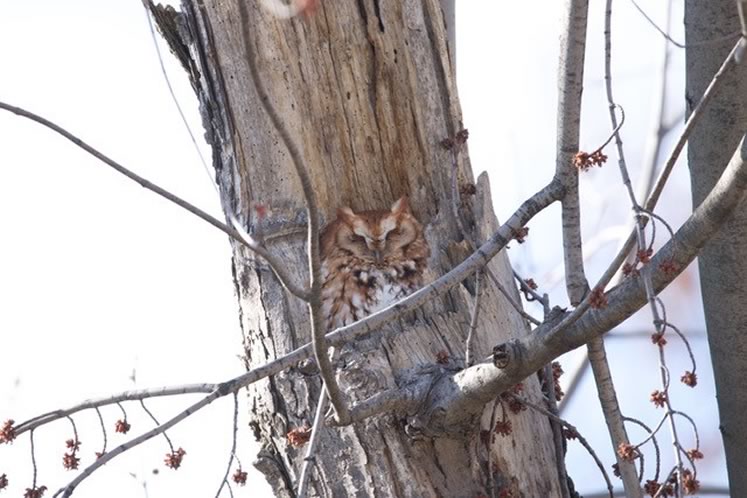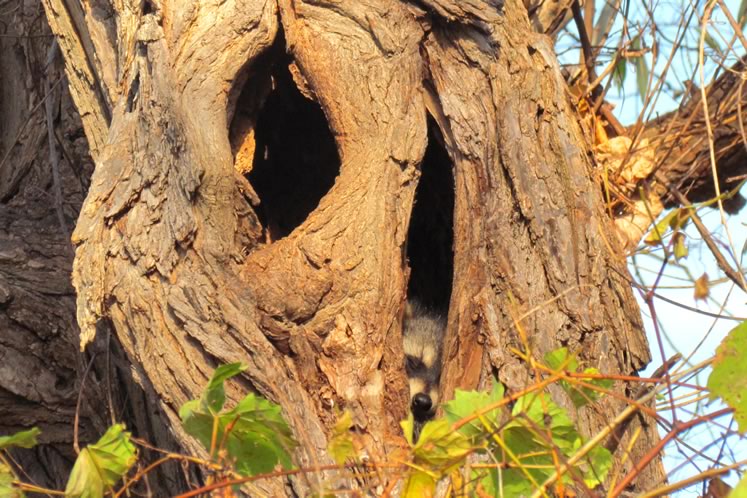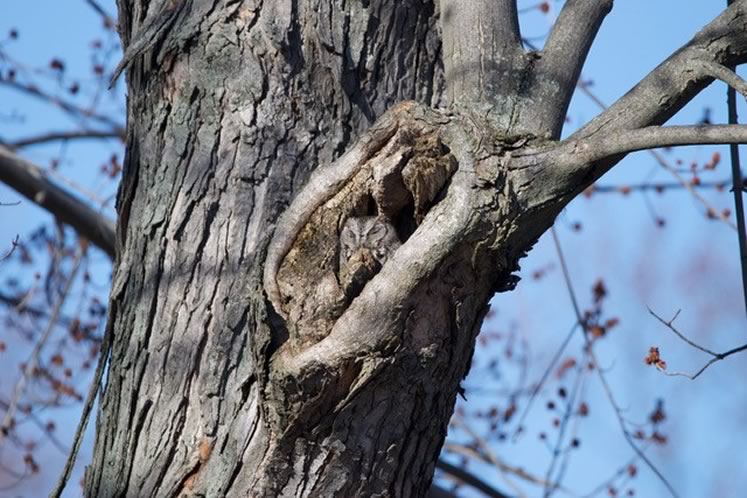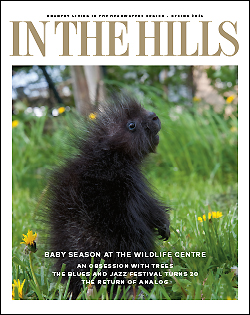Tree Cavities
Squirrels, racoons, owls, chickadees, and many other creatures find safety and shelter within trees.
The wild wolves of winter
swept through the streets last night…
The wind of their howling a thousand blood-curdling moans,
the teeth of their hunger endless fields of aching snow…
From the “Wild Wolves of Winter” by Canadian poet Raymond Souster
Souster’s poem captures the menace of the powerful winter winds we’ve recently experienced.
How wonderful it is to escape these “wild wolves of winter” and step inside your house to warmth and security. To cast aside hats and gloves, boots and coats, and sink into the comfort of a favourite easy chair.
Birds and mammals seek similar refuge from the cold and the howling winds. Often that refuge is a tree cavity. Squirrels, racoons, owls, chickadees, and many other creatures find safety and shelter within trees.
And like us, some animals enjoy the warmth and comfort of close bodily contact. We call this “cuddling”. But in proper scientific parlance, flying squirrels and golden-crowned kinglets “huddle” when they press their bodies together in tree cavities.
The tenants of tree cavities can thank woodpeckers. These feathered construction engineers excavate holes for their nests, which in subsequent years become homes for other animals.
The vital ecological role of dead and dying trees in this process cannot be overstated, for they are the woodpeckers’ preferred construction sites. Unless they pose an imminent danger to passersby, they should always be left standing. Such trees, with multiple woodpecker holes, are sometimes referred to as “wildlife apartments”.
As the wild wolves of winter howl, all animals including us, seek warmth and security. Home Sweet Home can be a bungalow, an apartment … or a hole in a tree.
Related Stories
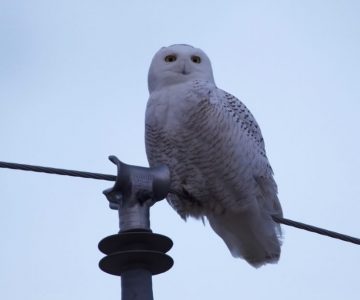
How to Find Owls
Feb 2, 2018 | | Notes from the WildMyths, legends and modern literature feature owls, a notable example being Hedwig the snowy owl, loyal companion of Harry Potter.
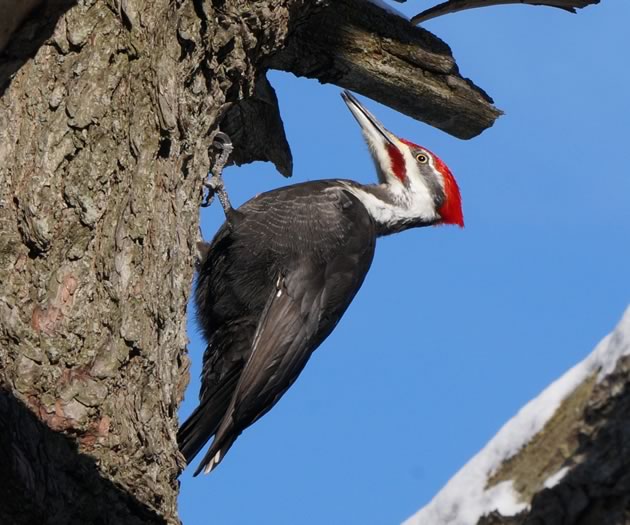
The Pileated Woodpecker
Jan 30, 2016 | | Notes from the WildNot only do these woodpeckers have remarkable adaptations for excavating wood, they also have acute hearing that allows them to pick up the telltale sounds of ants scurrying within trees.
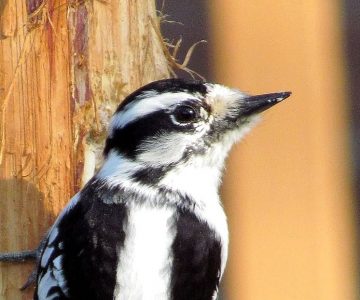
Hairy and Downy Woodpeckers
Feb 15, 2013 | | Notes from the WildHairy woodpeckers brandish large dagger-like beaks; the beaks of downys are smaller and more chisel-like.
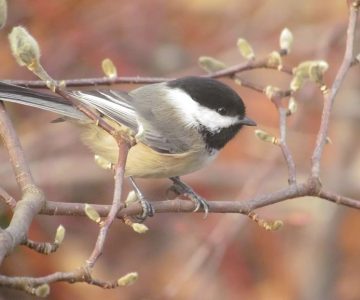
Chickadees
Mar 3, 2013 | | Notes from the WildChickadees are consummate risk takers and they pack a lot of smarts into their tiny bird brains.
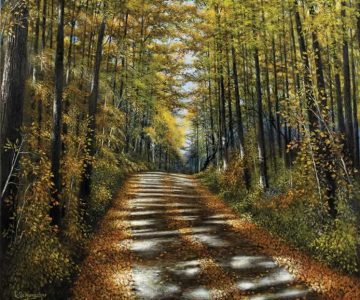
Meetings with Remarkable Trees
Sep 9, 2011 | | EnvironmentWe revel in their beauty, relax in their shade and are calmed by the soothing sound of their leaves soughing in the wind.

Take a Walk on the Wild Side: Forest Bathing
Mar 26, 2018 | | Good SportSlowing down, tuning in. With forest bathing, the slow movement takes to the woods.

